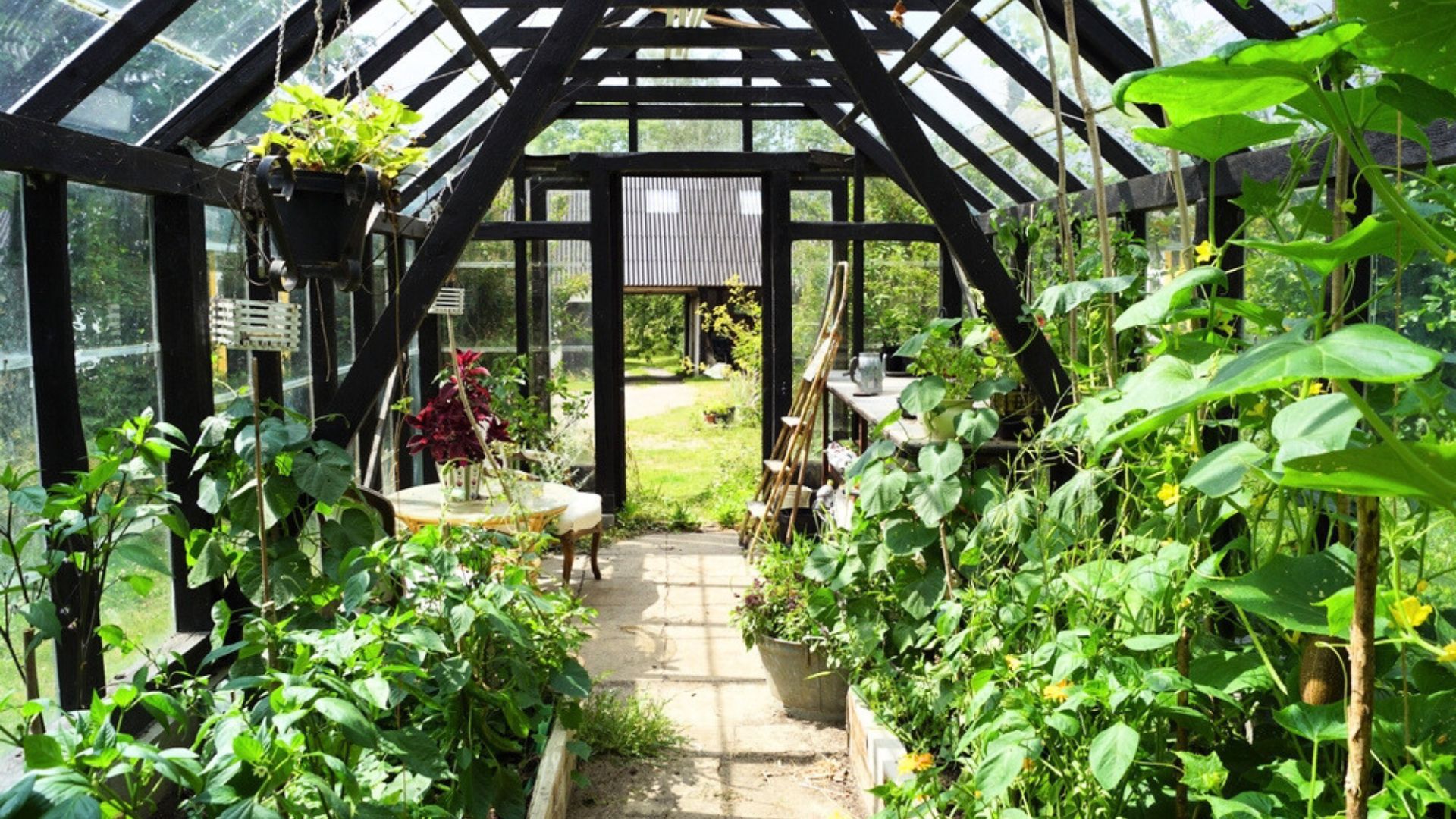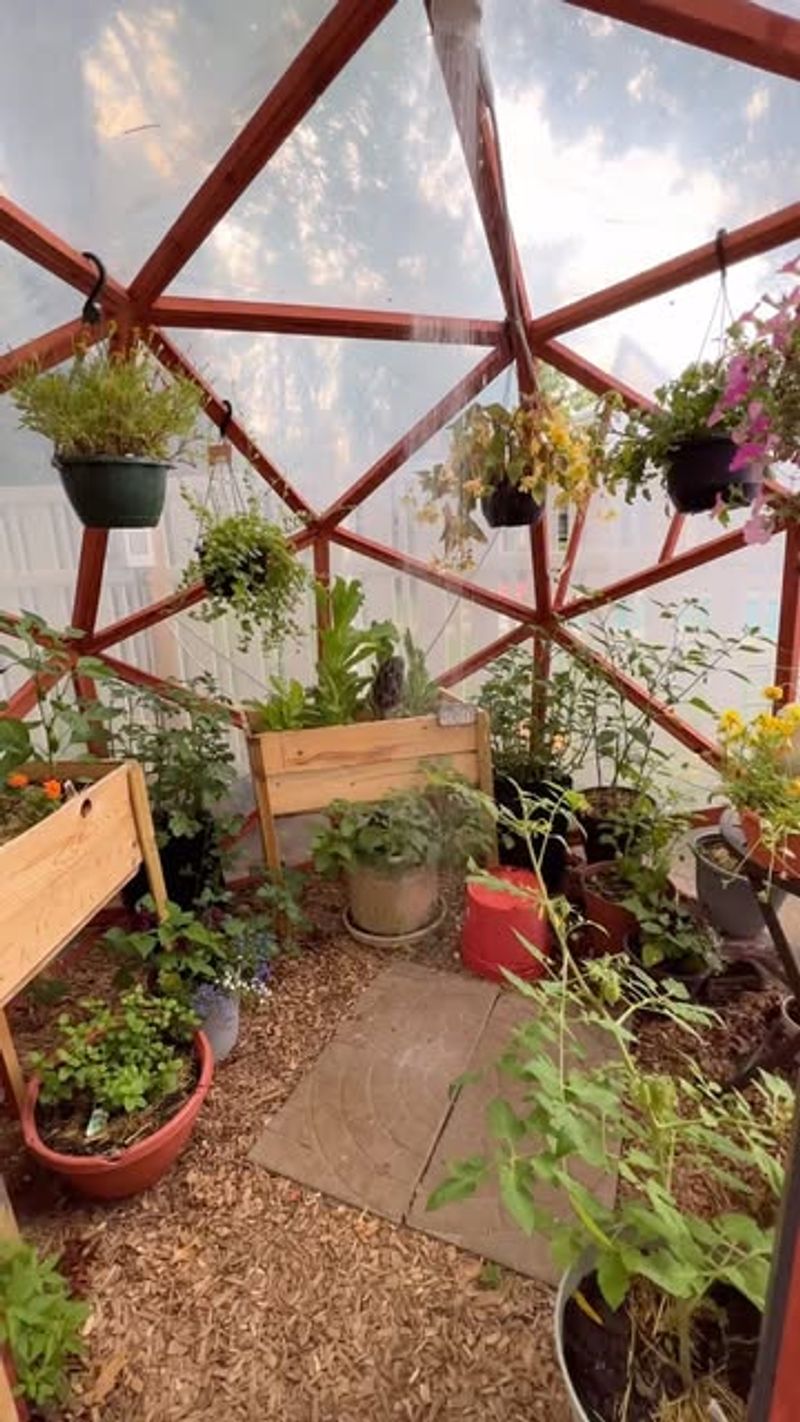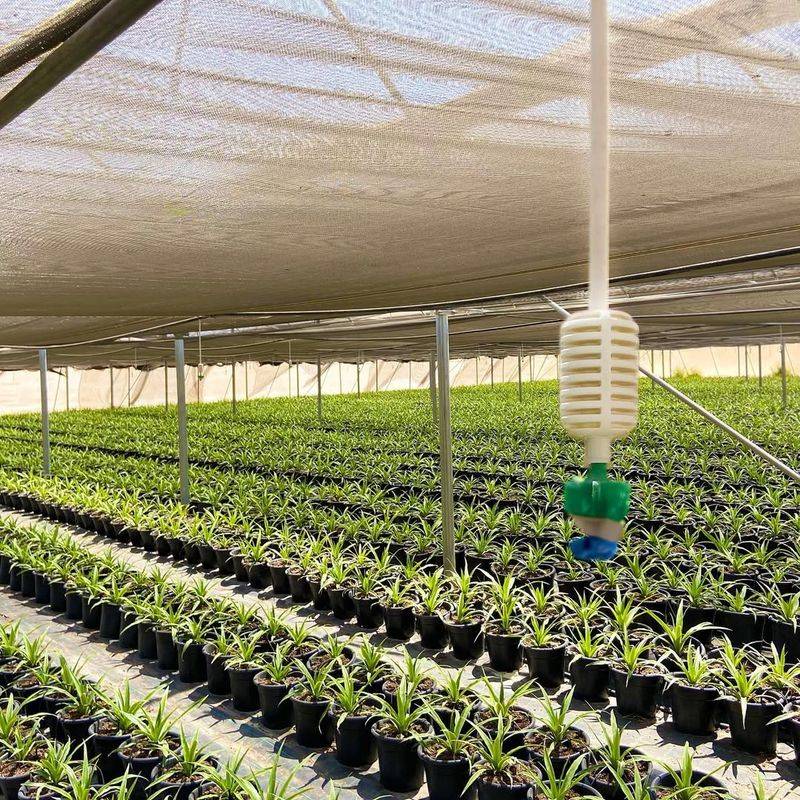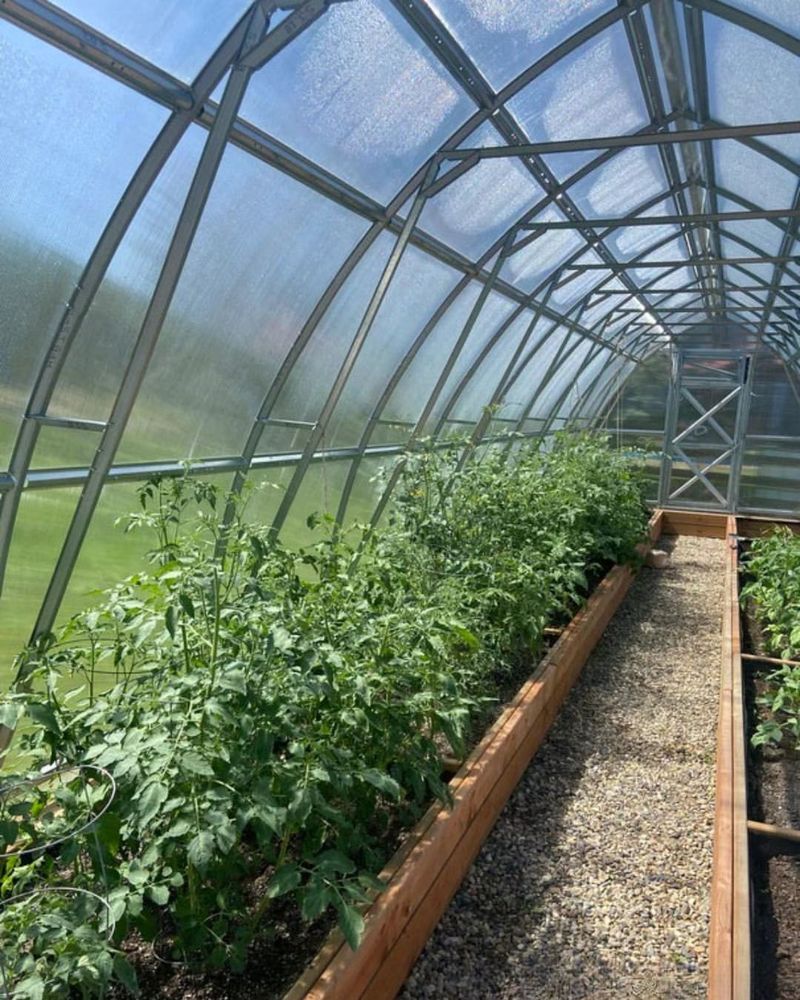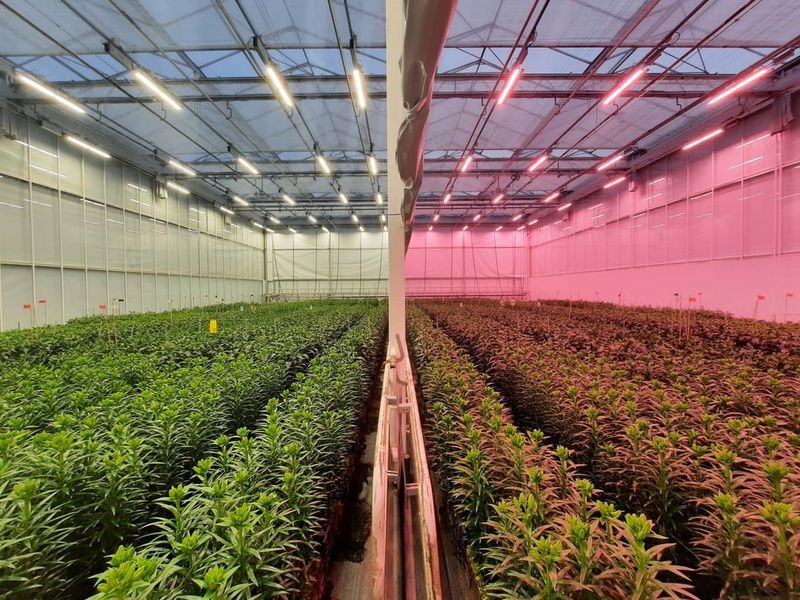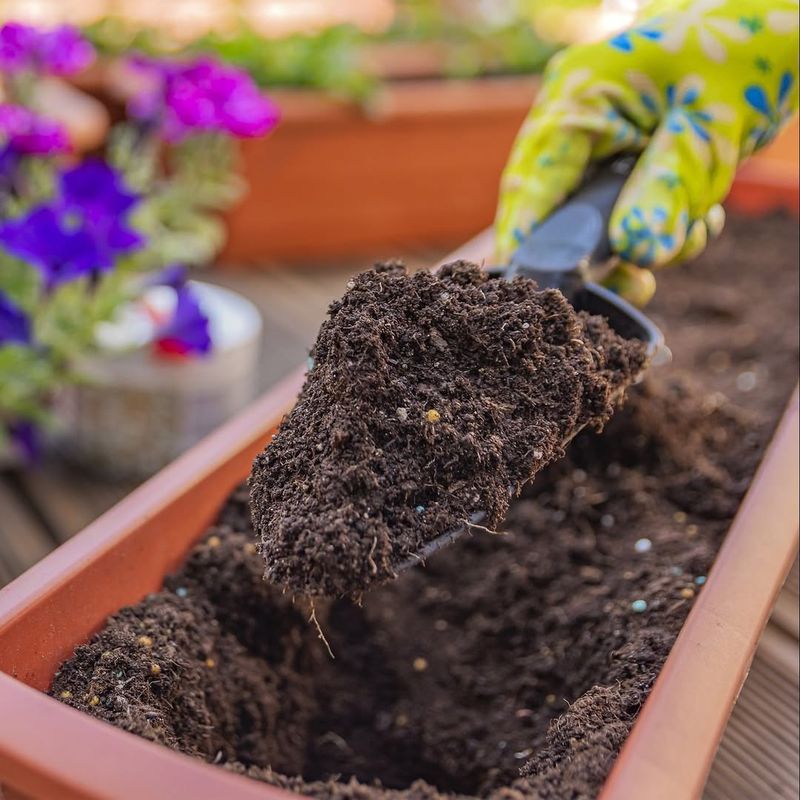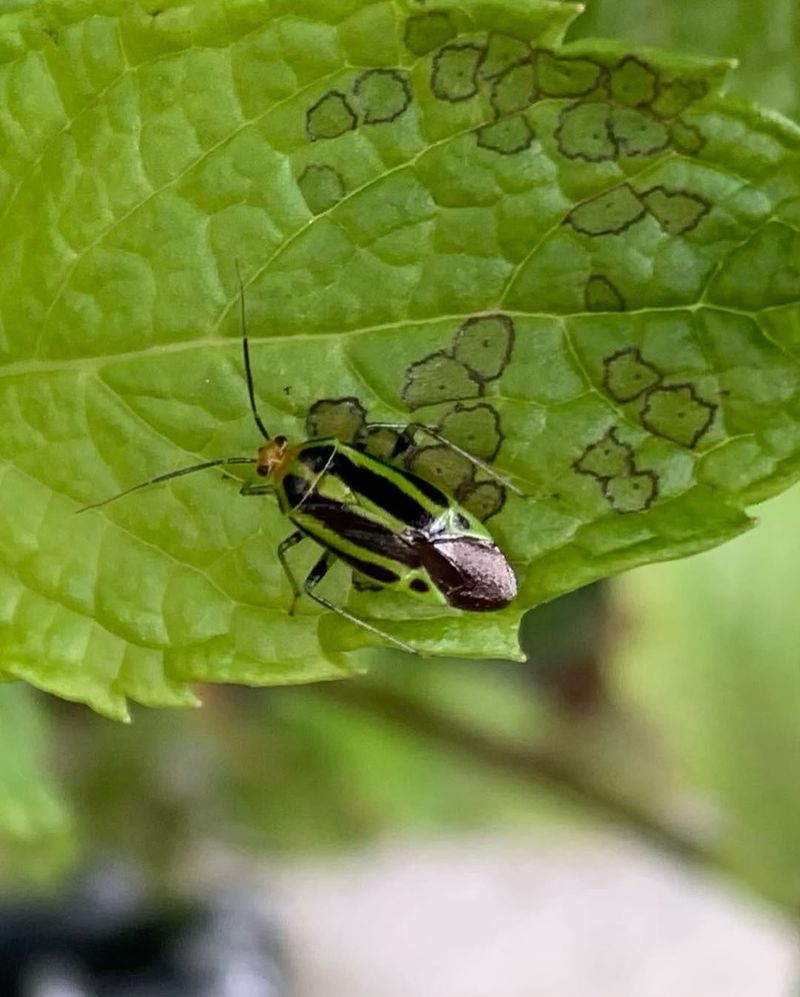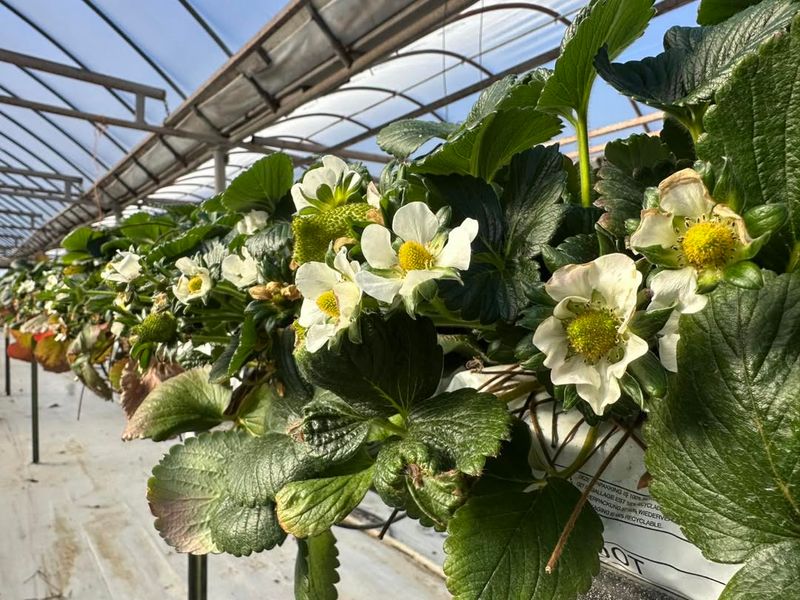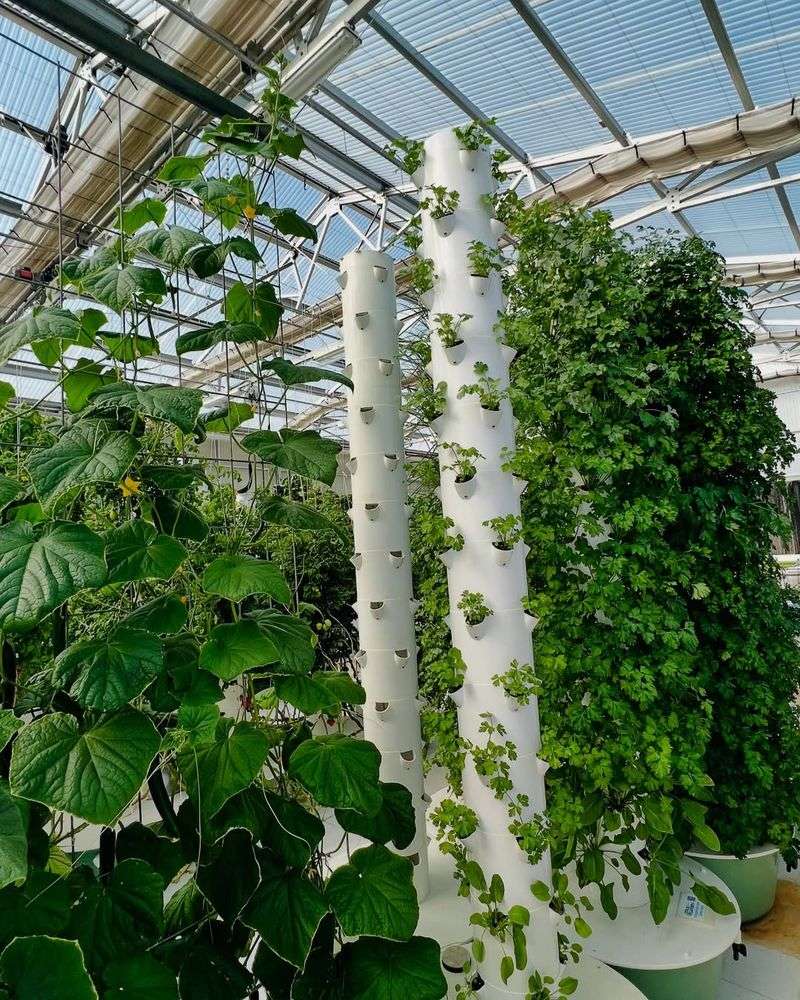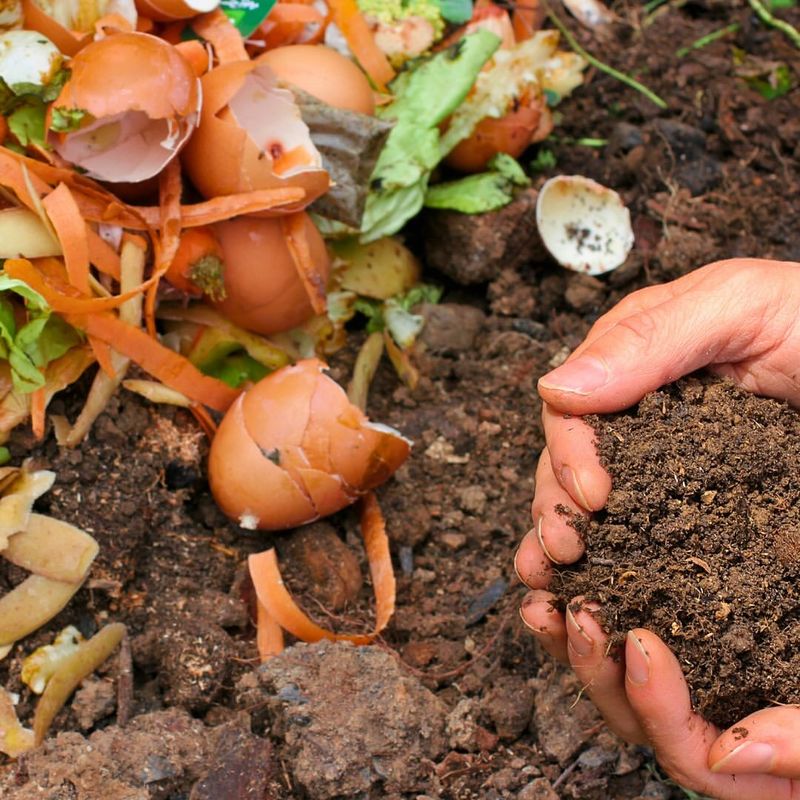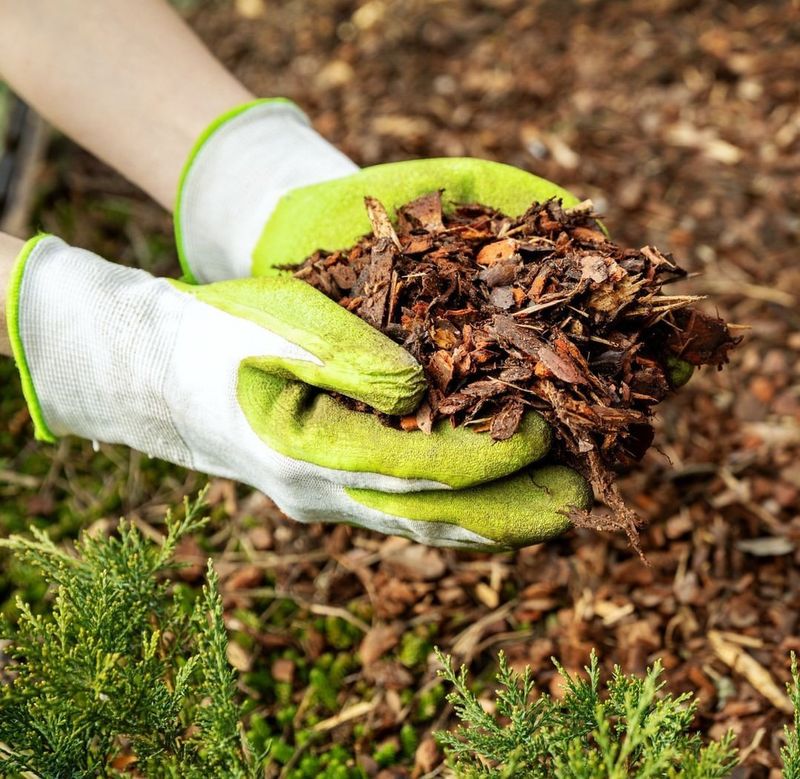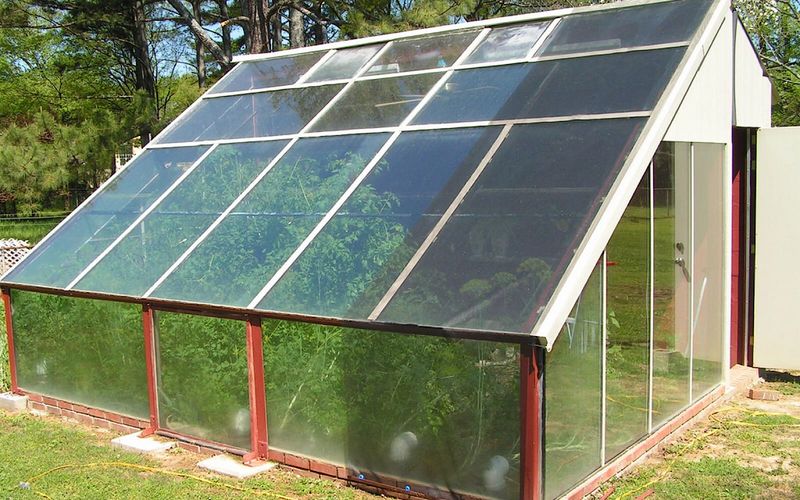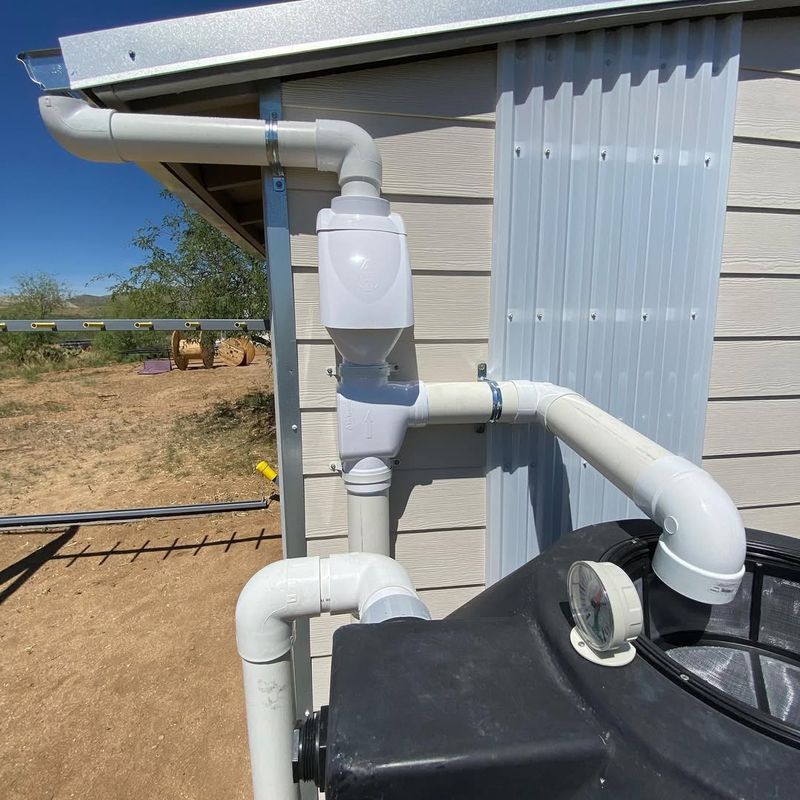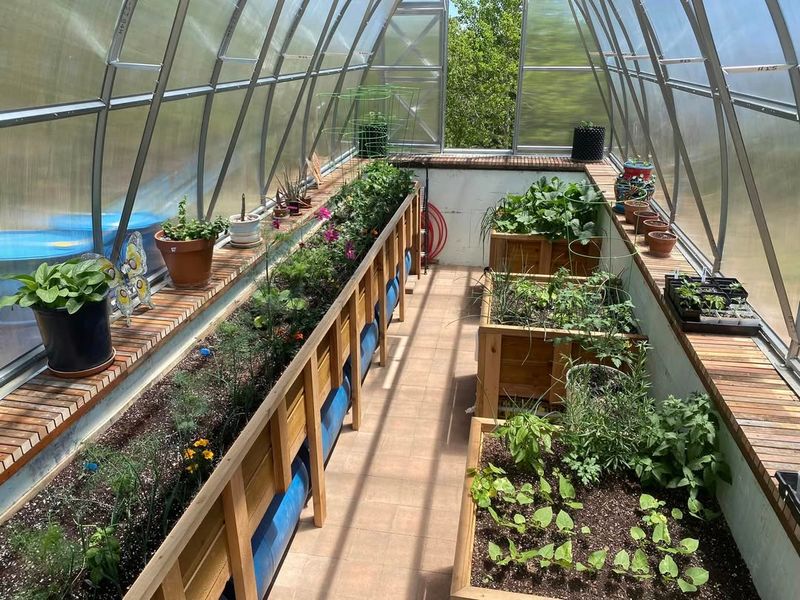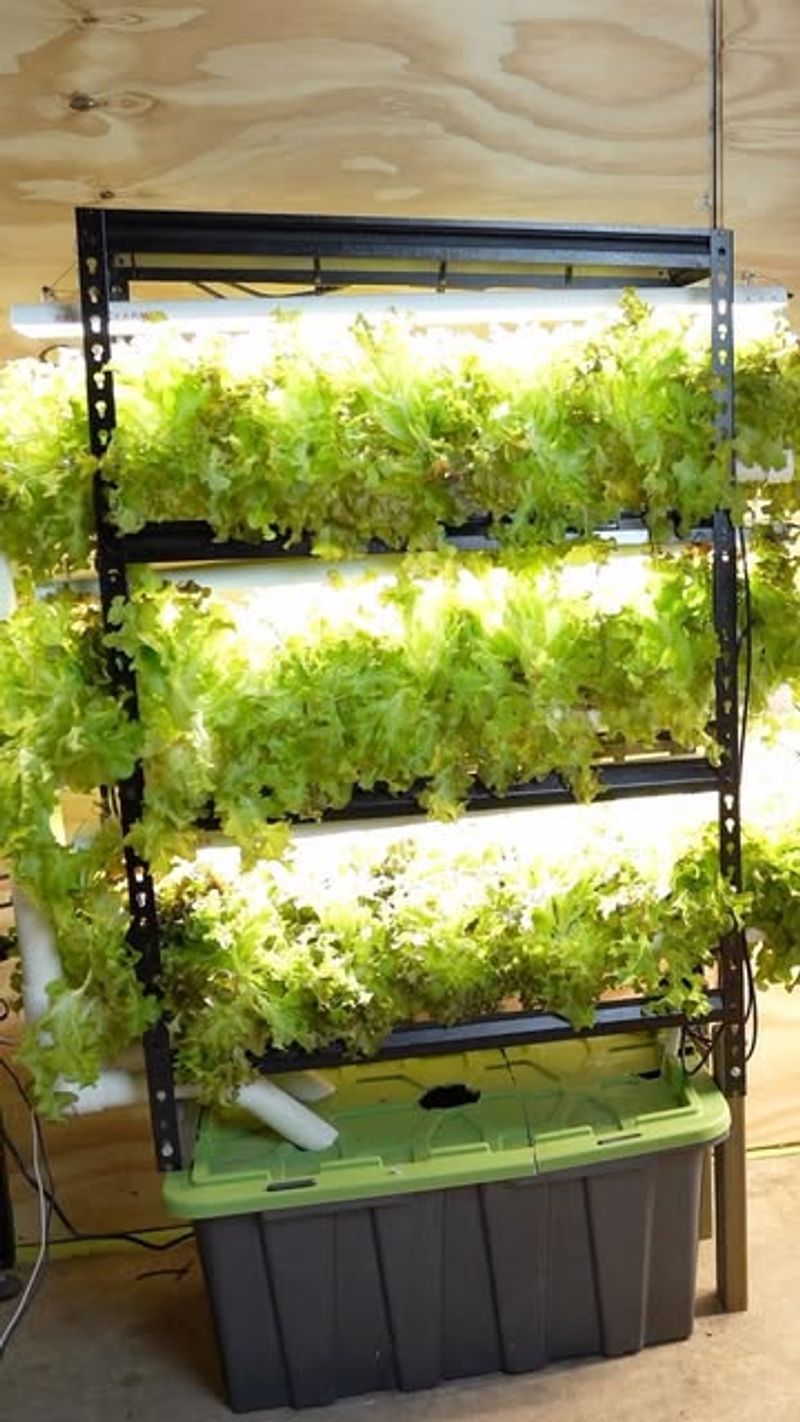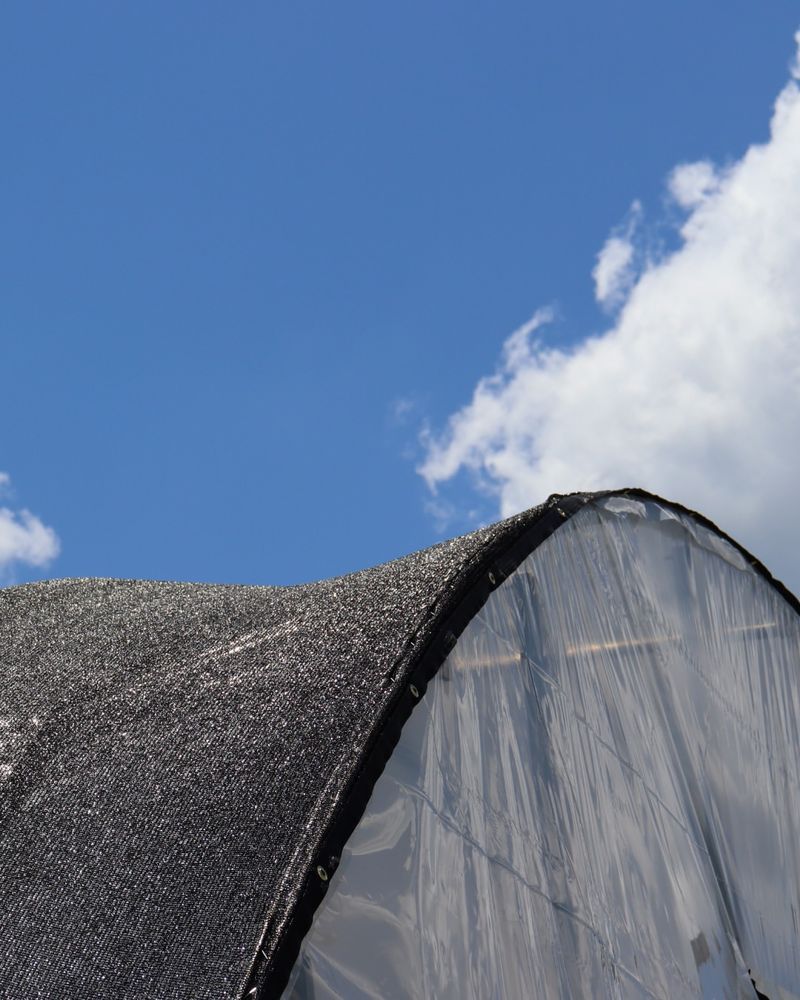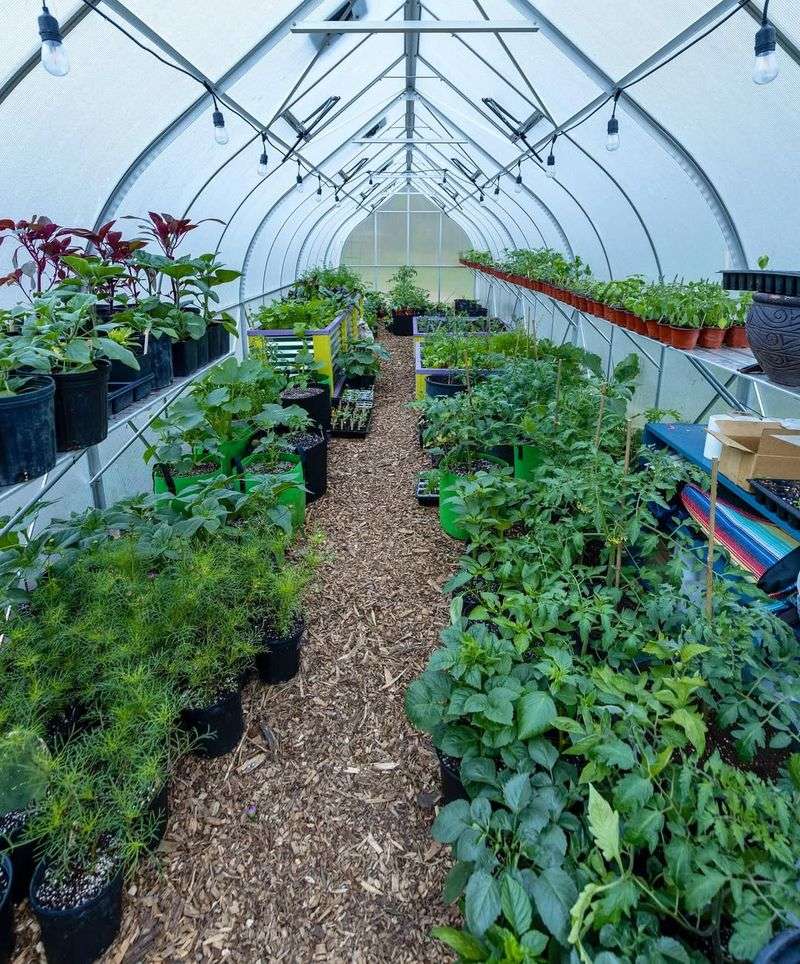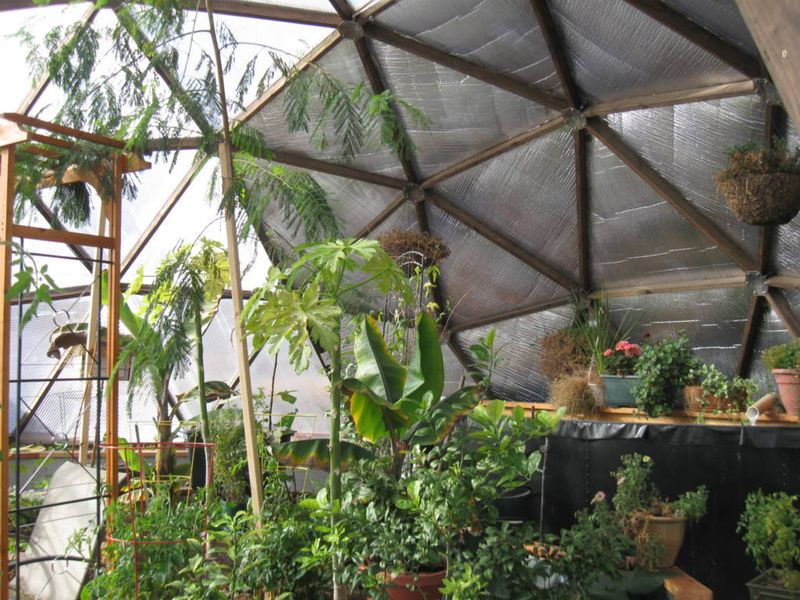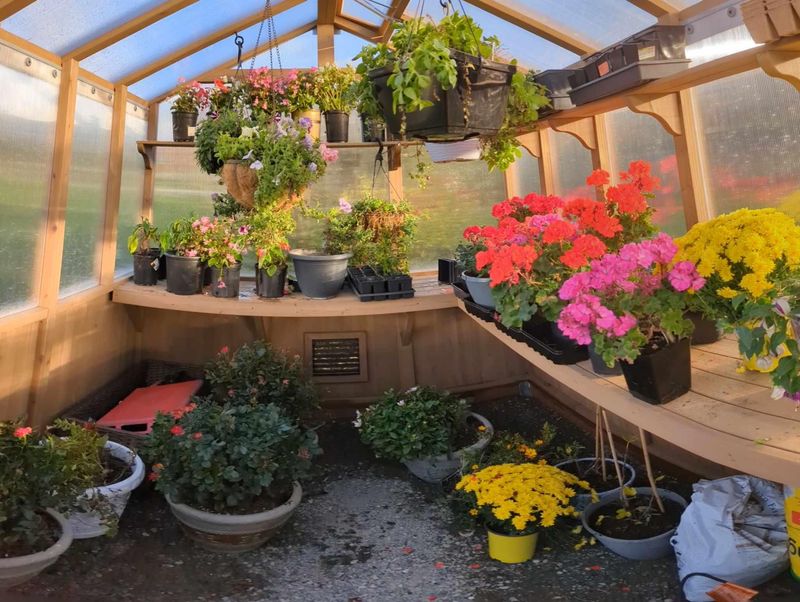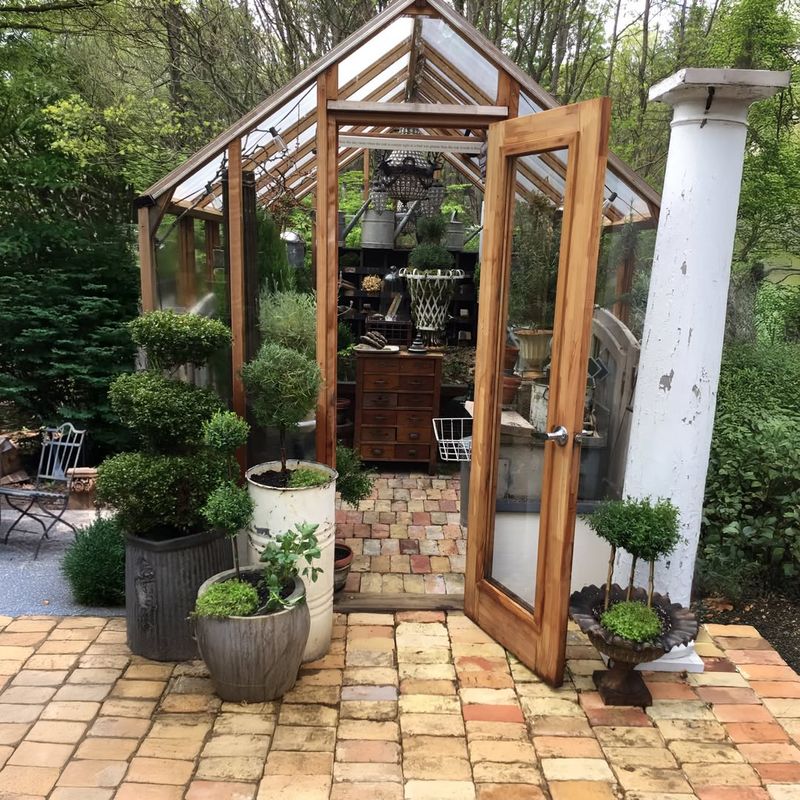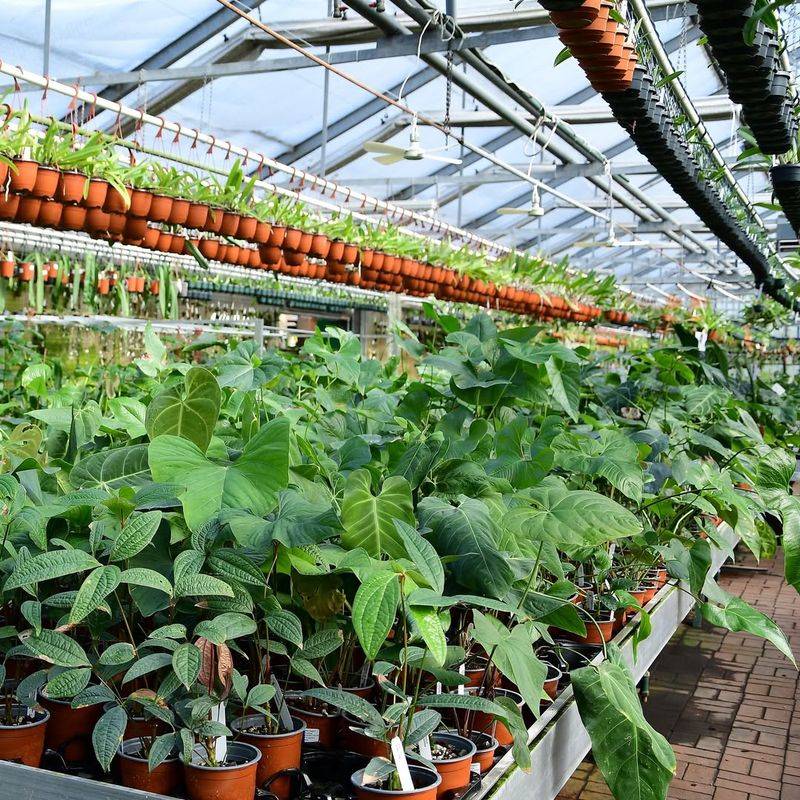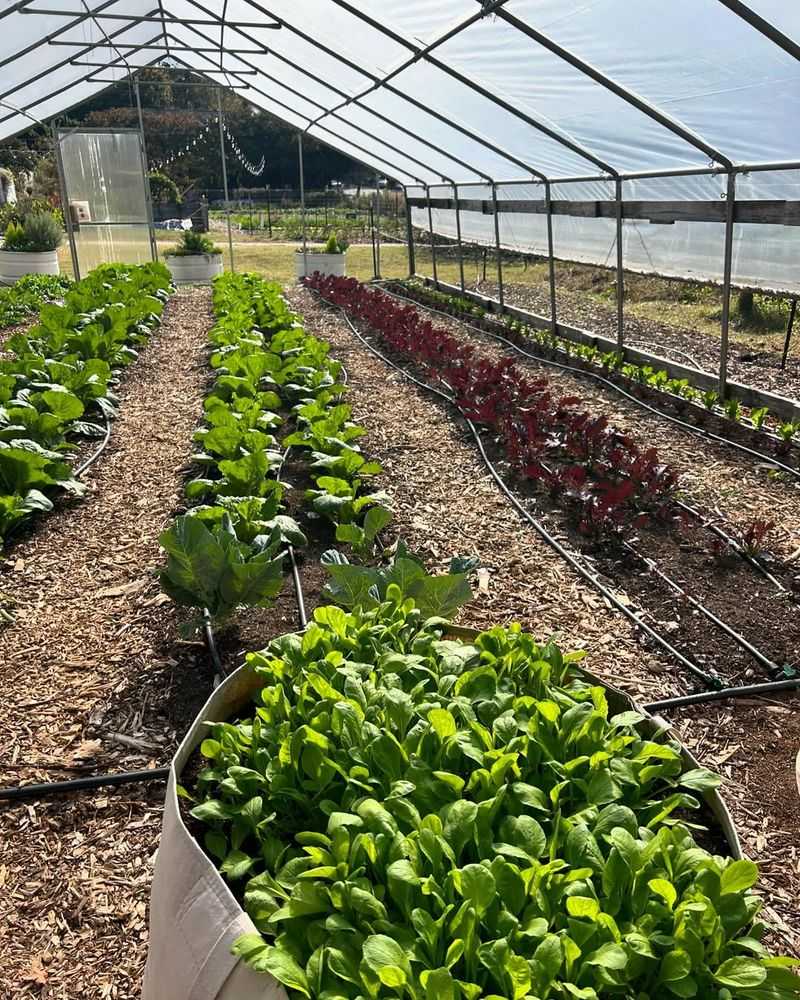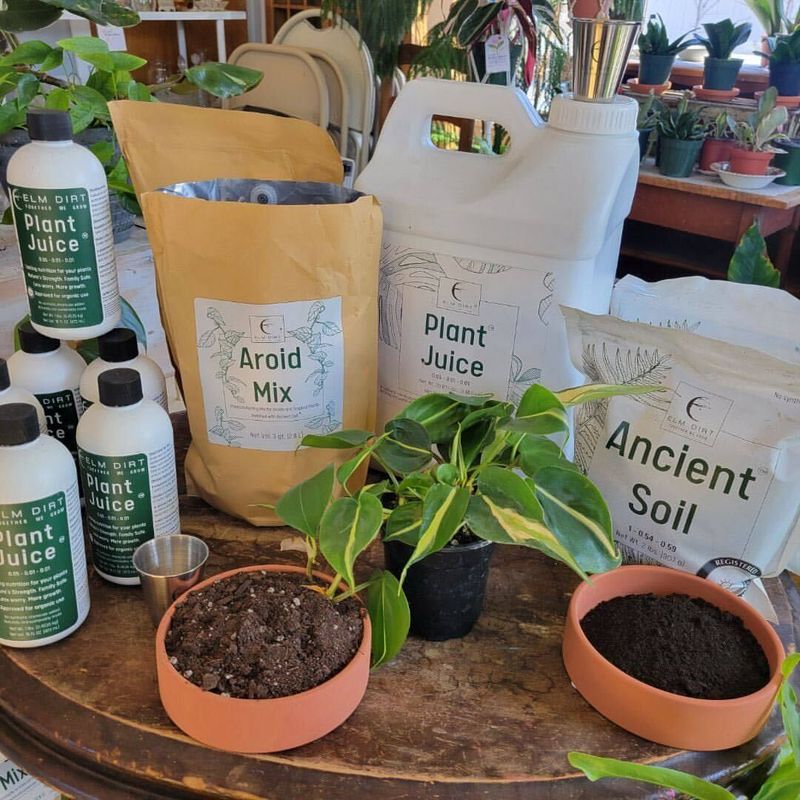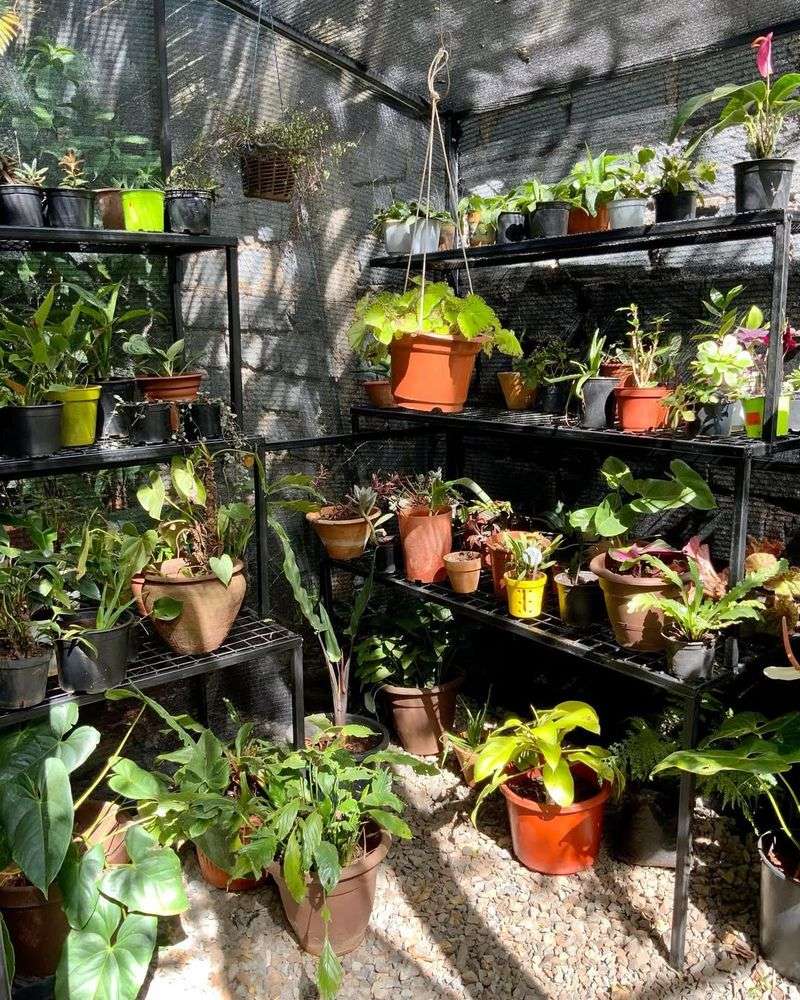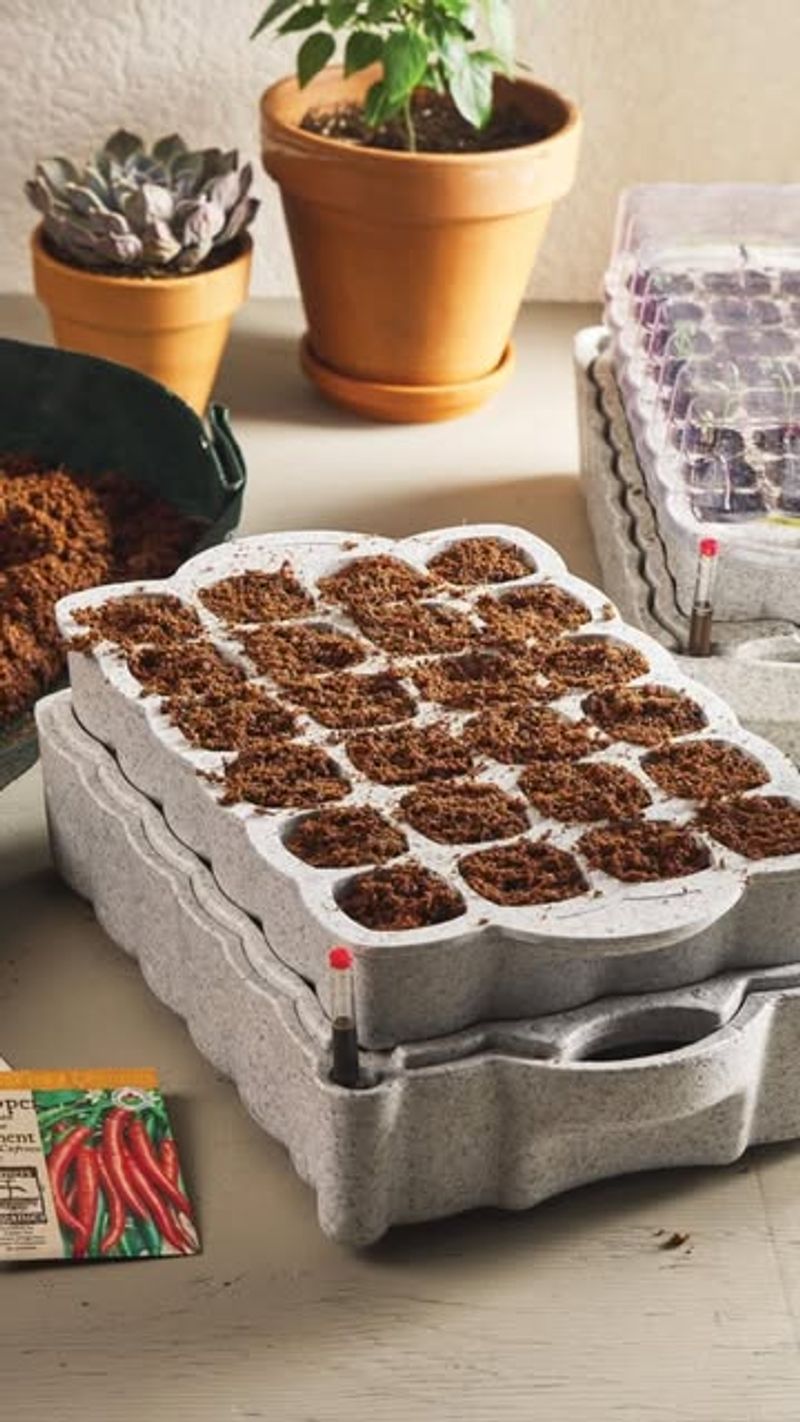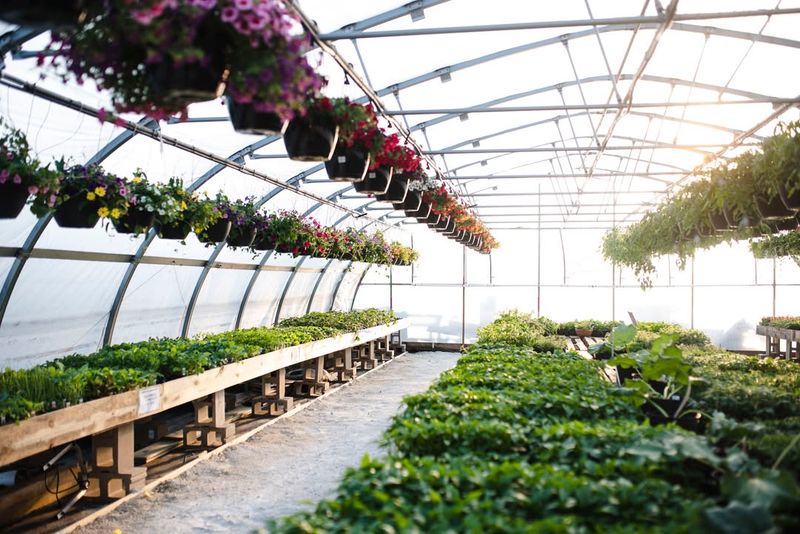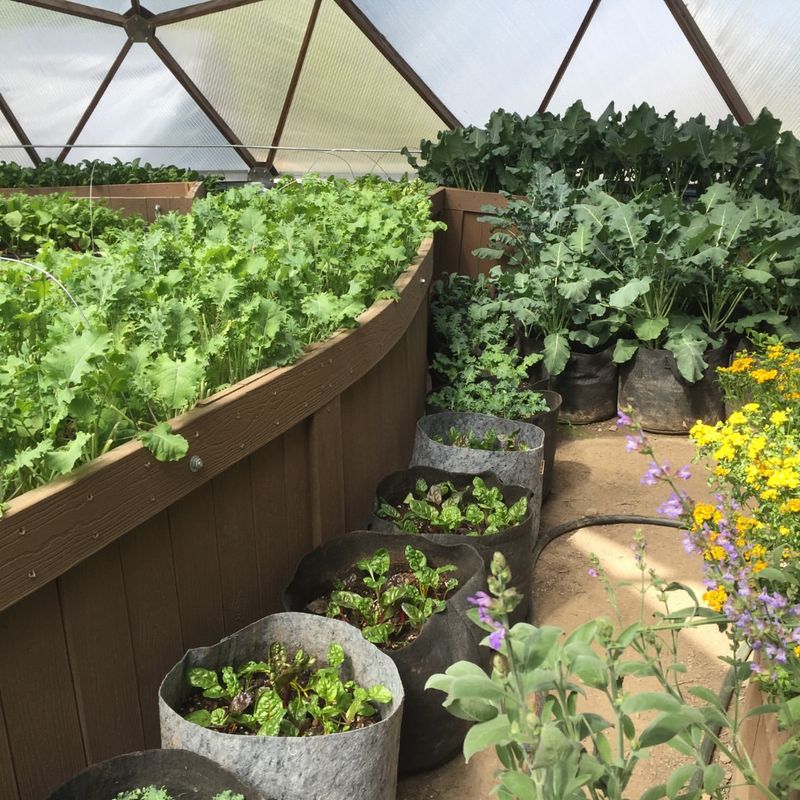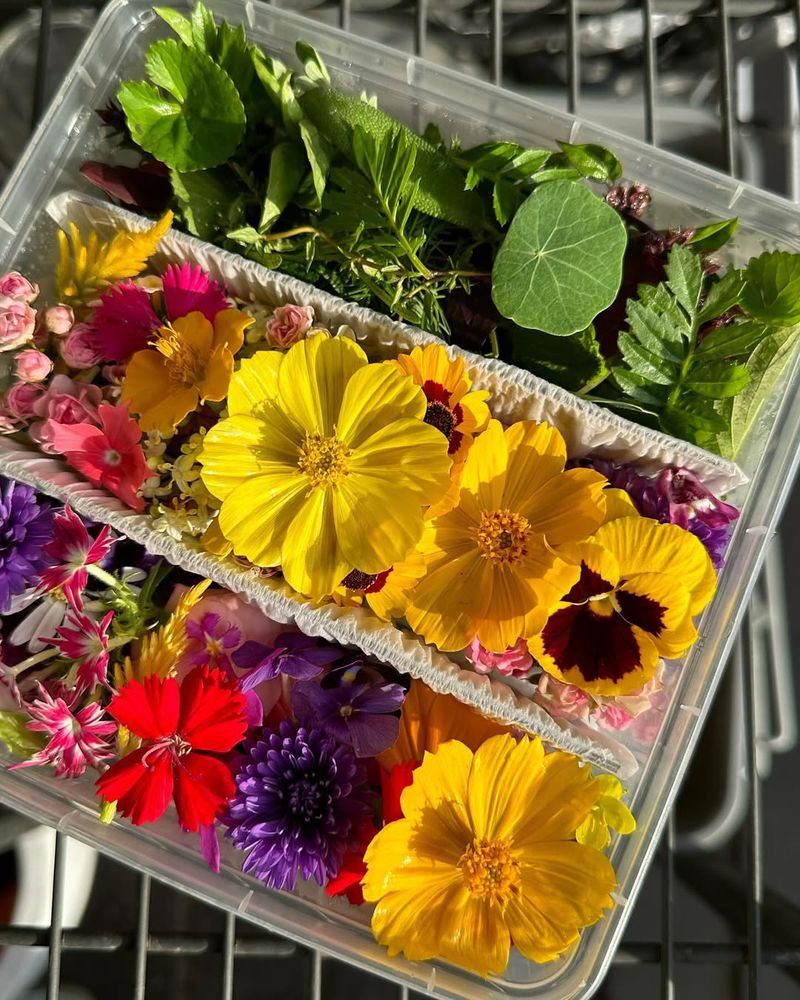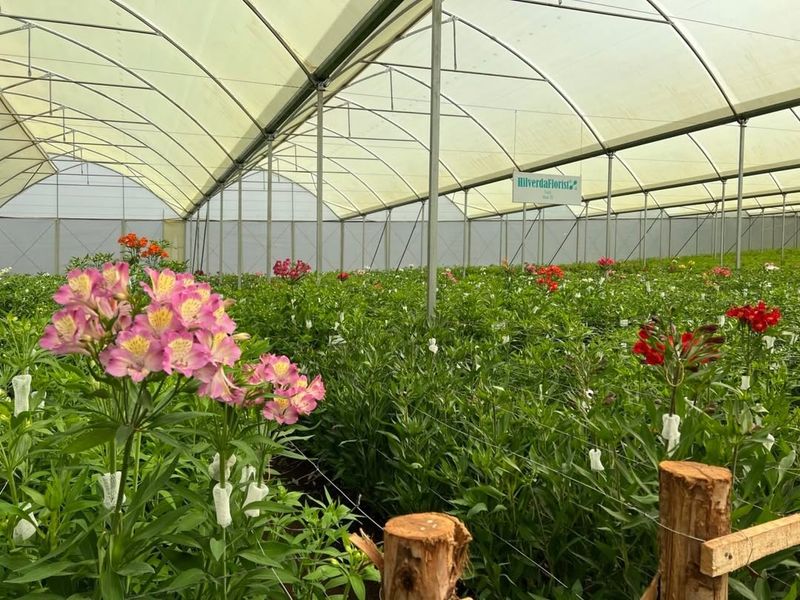If your greenhouse setup feels chaotic, this list is about to change that. These are the tricks smart gardeners actually use—the ones that save time, boost growth, and just make sense. No fluff, no overthinking.
And because we all love the good stuff, we added 10 bonus hacks straight from group chats. You know, the ones that get screenshotted, shared, and tested the same day. Whether you’re new to this or already growing like a pro, these tips are here to level up your greenhouse game. Let’s get into it. 🌱
1. Temperature Regulation
Maintaining the perfect temperature is crucial for any greenhouse setup. A digital thermostat helps keep things precise. When it dips too low, your tomatoes might get frostbite—and nobody wants frozen tomatoes! Adjustable vents can be your best friend.
They allow excess heat to escape, ensuring your plants don’t stew in their own juices. Remember, plants have feelings too, or so we like to think. Happy plants mean happy gardeners!
2. Humidity Control
Getting the right humidity levels can be tricky but is essential. A dehumidifier ensures your plants won’t be swimming in their own sweat. Too much moisture can lead to mold, which is definitely not a gardener’s friend.
Keep things balanced to prevent any plant tragedies. With just the right touch, your plants will thank you—and who knows, maybe even sing you a tune.
3. Efficient Watering Systems
Watering can be an art form. Drip irrigation systems are the unsung heroes of any greenhouse. They deliver water directly to the roots, minimizing waste and keeping plants hydrated.
It’s like having a personal watering assistant, minus the small talk. Say goodbye to overwatering disasters and hello to happy, healthy plants.
4. Proper Ventilation
Nothing beats a breath of fresh air—your plants think so too. Proper ventilation can prevent overheating and promote healthy growth. Strategically placed fans can make all the difference.
They ensure even airflow and can be your best defense against plant diseases. So, next time you’re fanning yourself, remember your plants could use some of that breeze too!
5. Lighting Optimization
Lighting is everything, especially in a greenhouse. LED grow lights can mimic the sun’s rays without the sunburn. They provide the right spectrum of light for photosynthesis.
With adjustable settings, you can cater to each plant’s unique needs. It’s like giving your plants a designer wardrobe, tailored just for them.
6. Companion Planting
Plants, like people, thrive with good friends. Companion planting can boost growth and deter pests naturally. For instance, basil and tomatoes are a match made in gardening heaven.
They support each other’s needs and fend off unwanted bugs. It’s the buddy system at its finest, without the drama.
7. Soil Management
Good soil is the foundation of any successful garden. Rich, well-aerated soil ensures that nutrients reach plant roots efficiently.
Regularly testing your soil’s pH and nutrient levels can aid in making necessary adjustments. Think of it as a health check-up for your plants. They deserve the best care, just like family.
8. Pest Control
Bugs can be a gardener’s worst nightmare, but natural pest control is the knight in shining armor. Using ladybugs or neem oil can help keep pesky intruders at bay.
They’re effective and safer for your plants. No need for harsh chemicals here, just mother nature’s own protectors doing their job.
9. Seasonal Crops
Timing is everything, even in gardening. Growing seasonal crops ensures that your plants thrive in their preferred climate.
Strawberries and lettuce love different seasons, but with a greenhouse, you can have the best of both worlds. It’s like having summer and spring in your backyard all year long.
10. Vertical Gardening
Running out of space? Go vertical! Vertical gardening maximizes space and adds a new dimension to planting.
Climbing plants and hanging pots can create a stunning display while saving precious ground space. It’s gardening with a twist, and your plants will love the view.
11. Composting
Waste not, want not. Composting is the ultimate recycling for gardeners. Using kitchen scraps and garden debris, you can create nutrient-rich soil.
It’s nature’s way of giving back, and your plants will be all the better for it. Plus, less waste means less guilt about that extra slice of pizza.
12. Mulching
Mulch is the unsung hero of the gardening world. It helps retain moisture and suppress pesky weeds.
Spread it generously, and your plants will stay hydrated and happy. It’s like tucking them in with a cozy blanket, minus the bedtime stories.
13. Greenhouse Organization
A tidy greenhouse is a happy greenhouse. Organization can transform chaos into calm. Label your sections and keep tools neatly arranged.
It’s like running a tight ship, but with plants instead of sailors. And let’s be honest, plants are much better company.
14. Using Reflective Surfaces
Why settle for average light when you can have more? Reflective surfaces can amplify sunlight, boosting photosynthesis.
It’s like giving your plants a spotlight performance, letting them shine. And who doesn’t love a little extra attention?
15. Rainwater Harvesting
Reduce, reuse, recycle. Rainwater harvesting is a sustainable way to keep your plants hydrated.
Collecting rainwater in barrels can save on water bills and provide a natural source for your garden. It’s eco-friendly and smart—your plants and wallet will thank you.
16. Temperature Zoning
Not all plants like the same climate. Temperature zoning allows you to cater to individual needs within one greenhouse.
Different areas can be kept warmer or cooler, depending on the plant’s preference. It’s like having mini-vacation spots for your plants, without leaving home.
17. DIY Hydroponics
Hydroponics is not just for scientists. A DIY setup can be simple and effective. Using pipes and nutrient solutions, you can grow plants without soil.
It’s an innovative way to garden, perfect for the experimental gardener. Plus, it might make you feel like a mad scientist—in a good way.
18. Shade Cloths
Sometimes plants need a break from the sun. Shade cloths offer a gentle reprieve from harsh rays.
By covering sections of your greenhouse, you can prevent sunburn and keep plants cool. It’s like giving them sunglasses and a hat for a day at the beach.
19. Heat Mats
Seedlings can be a little picky about warmth. Heat mats are the secret to keeping them cozy.
By placing them under seed trays, you ensure the perfect temperature for sprouting. It’s like giving your seeds a little hug, encouraging them to grow.
20. Insulation Techniques
Winter can be harsh, but insulation offers a warm embrace for your greenhouse. Using bubble wrap or other materials, you can keep the cold at bay.
It’s an affordable way to ensure your plants don’t catch a chill. And who knew bubble wrap could be so versatile?
21. Biodiversity
Variety is the spice of life, even in gardening. Biodiversity promotes a healthy ecosystem. Mixing different plant species can prevent pests and diseases from taking over.
It’s like throwing a party and inviting everyone—except the uninvited pests.
22. Regular Maintenance
A little maintenance goes a long way. Regular checks and cleaning keep your greenhouse in top shape.
Pruning plants and clearing debris prevent disease and overcrowding. Think of it as a spa day for your garden, keeping everything fresh and tidy.
23. Succession Planting
Why wait for a single harvest when you can have more? Succession planting ensures a continuous supply of fresh produce.
By staggering planting times, you can enjoy a steady flow of vegetables. It’s like having a garden buffet, always ready and waiting.
24. Crop Rotation
Say goodbye to tired soil with crop rotation. Changing plant locations prevents nutrient depletion.
Rotating crops keeps the soil balanced and reduces pest build-up. It’s a simple trick that yields big results, ensuring your plants stay healthy and productive.
25. Using Natural Fertilizers
Chemical-free is the way to be. Natural fertilizers like compost and manure nourish without harm.
They enrich the soil, promoting robust plant growth. It’s like giving your plants a gourmet meal, without the additives.
26. Adjustable Shelving
Plants come in all shapes and sizes. Adjustable shelving allows for flexible arrangements.
Accommodating various heights prevents overcrowding and ensures even light distribution. It’s a practical way to maximize space and keep everyone happy.
27. DIY Seed Starters
Why buy when you can DIY? Seed starters from recycled materials are a budget-friendly option. Egg cartons and paper rolls make perfect containers for seedlings.
It’s a crafty way to give your plants a head start and reuse materials. Reduce, reuse, and grow!
28. Plant Rotation
Keeping plants on their toes is key. Regular rotation prevents stagnation and promotes new growth.
Moving potted plants to different locations can provide fresh perspectives and better light access. It’s like rearranging furniture for a fresh feel, keeping things exciting.
29. Microclimates
Why settle for one climate when you can have microclimates? Creating diverse areas caters to specific plant needs.
Mini greenhouses within your main one can offer varied conditions. It’s like having different rooms for different plants, each with its own vibe.
30. Edible Flowers
Flowers aren’t just pretty; some are tasty too. Edible flowers add color and flavor. Growing nasturtiums and pansies can enhance your culinary dishes.
It’s a delightful way to combine beauty and utility. Who knew salads could be so artistic?
31. Sustainable Practices
Gardening with a conscience is the future. Sustainable practices keep your garden eco-friendly.
Incorporating solar panels and composting reduces your carbon footprint. It’s a win-win for both you and the planet. Go green and keep it clean!

